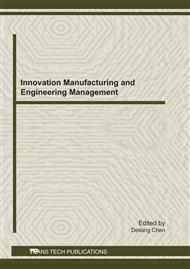p.128
p.133
p.141
p.146
p.151
p.157
p.162
p.167
p.172
A Case Library Creating Method Based on Risk Control of Tunnel Engineering
Abstract:
Because of low knowledge structural level in real tunnel engineering management, existing risk control methods (e.g., rule reasoning, decision tree inference) cannot completely meet the actual engineering demands. Considering the complexity of risk analysis of the tunnel engineering, this paper presents an aggregated risk control approach for tunnel engineering based on case library, i.e., representing case attribute modules using Frame representation method, reducing attributes using rough set technology, and simplifying case library by removing its redundancy in attribute similarity threshold.
Info:
Periodical:
Pages:
151-156
Citation:
Online since:
August 2011
Authors:
Price:
Сopyright:
© 2011 Trans Tech Publications Ltd. All Rights Reserved
Share:
Citation:


